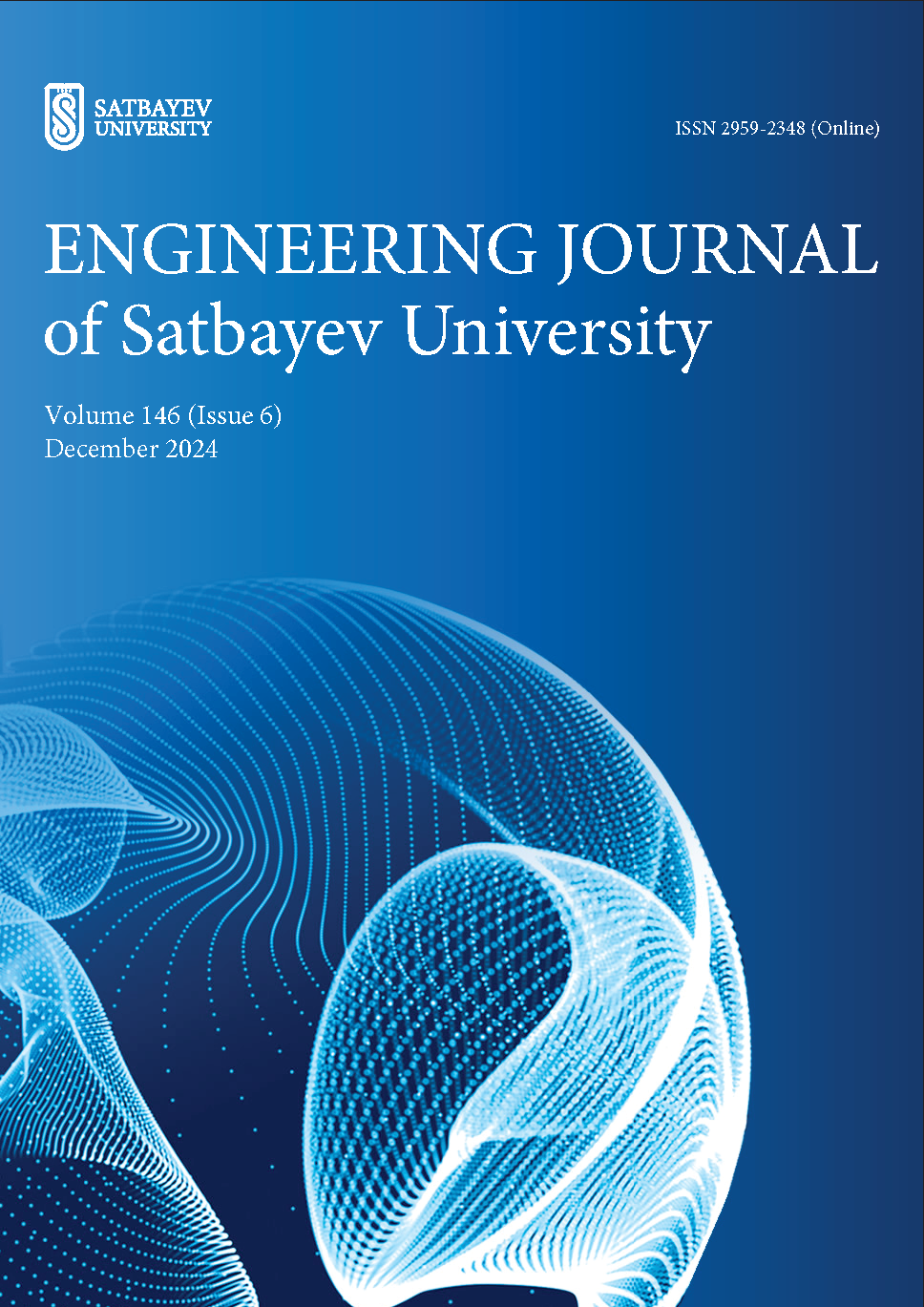Development of energy-saving technology for extracting valuable components from ash and slag from power plant boilers
DOI:
https://doi.org/10.51301/ejsu.2024.i6.03Keywords:
powdered gold, germanium, zinc, phase inversion reactor, ash, waste-free technologyAbstract
More than 300 million tons of ash have been accumulated in the dumps of power plants from the combustion of Ekibastuz coal, with an annual release of over 20 million tons. By 2050, the amount of ash in dumps is expected to exceed 1 billion tons, which could cause an environmental disaster in the regions. On the other hand, ash dumps contain a significant amount of valuable metals - Zn (0.3-4.0)%, Pb (0.1-0.9)%, Cd up to 0.028%, Ga, Ge - 200 g/t, and the average content of powdered gold is 0.8 g/t. The work aims to develop an energy-saving technology for extracting valuable ash components into sublimates and waste-free processing of the silicate part of the ash into a melt, suitable for the production of building materials. The novelty of the work is creating an «ideal» mixture in the melt, with the aim of coagulating particles of valuable components (Ge, Au) and mix them with Zn, followed by their rise from the melt by evaporating zinc into the gas phase. Experiments carried out on a smelting reactor operating in the «ideal» mixing – «ideal» displacement mode, when melting Zn, Ge - containing slags, proved the feasibility of the proposed method. An assumption has also been made about the possibility of extracting fine gold from the ash and slag melt using a similar method. An assessment of the economic efficiency of the proposed technology shows: that in the case of extracting gold from the melt, the payback period of the investment does not exceed 2-3 years, and in the absence of extraction - 3-4 years.
Downloads
Published
How to Cite
Issue
Section
License
Copyright (c) 2024 Engineering Journal of Satbayev University

This work is licensed under a Creative Commons Attribution-NonCommercial-NoDerivatives 4.0 International License.
<div class="pkpfooter-son">
<a rel="license" href="http://creativecommons.org/licenses/by-nc/4.0/"><img alt="Creative Commons License" style="border-width:0" src="https://i.creativecommons.org/l/by-nc/4.0/80x15.png"></a><br>This work is licensed under a <a rel="license" href="http://creativecommons.org/licenses/by-nc/4.0/">Creative Commons Attribution-NonCommercial 4.0 International License</a>.
</div>





